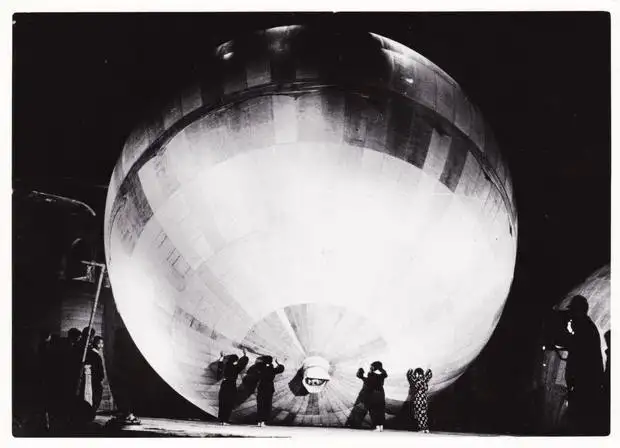 ost people think that the only Japanese attack on American soil was the one at Pearl Harbor. However, there have been a small number of attacks that actually happened in North America, orchestrated by Japan without using a soldier to actually attack, but a device that seemed simple but was quite advanced for what it managed to do. These incidents were kept in the dark so that the morale of United States (US) troops, as well as US citizens, would not be strained.
ost people think that the only Japanese attack on American soil was the one at Pearl Harbor. However, there have been a small number of attacks that actually happened in North America, orchestrated by Japan without using a soldier to actually attack, but a device that seemed simple but was quite advanced for what it managed to do. These incidents were kept in the dark so that the morale of United States (US) troops, as well as US citizens, would not be strained.
From this small number of attacks, only seven people died. What is more interesting is that these strikes took place in 1945, four years after the Pearl Harbor attack, so their main intent wasn’t to cause massive damage but to damage the morale of US troops fighting on Japanese soil in the hopes that they would give up and end the war.
Fu-Go bombs

This invention was inspired by meteorologist Wasaburo Oishi who had performed an experiment about twenty years before the war broke out to see the change of wind in different regions of Japan by launching balloons at an altitude of 8,000 meters. What he learned from this test was that the balloons were always carried by the wind from West to East. In other words, this meant that the ballons would most likely end up reaching American soil.
In 1944, the Japanese army got its hands on this piece of information and thought of utilizing this technology to bomb the enemy in their home without the use of any soldiers or aircraft. Japan wanted to show the US that they were still vulnerable by attacking them once again where it hurt the most.
However, the Japanese army took the whole concept to a new level with the implementation of an automatic altitude control device that would either relieve gas from the balloon or drop a sandbag in order to maintain the device at the same altitude, meaning that the current would blow the same way (in most cases) towards America. The really clever part of the system was how it would launch the bomb upon reaching American soil. Once out of the ocean and into the land, the current would change, making the balloon rise. Once the balloon reached 9,000 meters altitude, the bomb would be released.

The bombs used were the fifteen kilograms anti-personnel bombs or a twelve kilograms incendiary bomb, which were intended more for causing major forest fires. From 1944 until April 1945, over 9,000 such balloon bombs were sent over to US soil, with only 300 actually reaching US soil and only one of them actually killing someone. After the US army acknowledged these bombs, 2,700 US soldiers were placed in key points to intercept the explosives.

At first, the US army was skeptical about the origin of these balloons, with some thinking that this wasn’t done by the Japanese but by the Germans. However, analyses of the sand used to weigh down the balloon cleared up the origin of the ballons, as the minerals from the sand were identified as being of Asian origin.
Victims of the Fu-Go balloon bomb
As mentioned before, there was only one incident where the Fu-Go bomb claimed lives and it occurred near Bly, Oregon. On the 5th of May 1945, a priest by the name of Archie Mitchel took his pregnant wife and his five children to a picnic in the mountainside. As the family was getting ready for their picnic and unpacking everything, one of the children went off wandering around the site and stumbled upon a big balloon, a Fu-Go bomb that sadly didn’t reach 9,000 meters altitude and still had the bomb attached to it.
“Look what I found, looks like a balloon”
As everyone came to have a look, the bomb detonated, killing the whole family. The American government made sure that this was an isolated event; they created stories about the family being “murdered” by a serial killer in order to hide the fact that Japan was actually attacking US soil. The American government also used various methods to make sure that the press would not talk about the Fu-Go balloons.

This is the same reason why many people are not aware of this even to this day to the point where many people actually neglect the truth of this story or that such attacks ever took place. This is probably because of the propaganda that was spread by the US government at the time in order to keep all of this a secret and avoid having a butterfly effect on the US population that would majorly lower their morale.
On the other hand, the Japanese government was spreading its own propaganda about how successful these attacks were as well as how many thousands of lives were being taken. This allowed the Japanese population to regain some moral and replenished their hopes of a possible victory.
Avid Writer with invaluable knowledge of Humanity!
Upcoming historian with over 30 million views online.
“You make your own life.”





